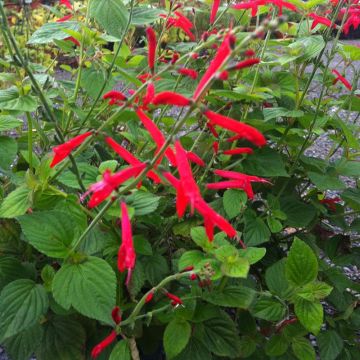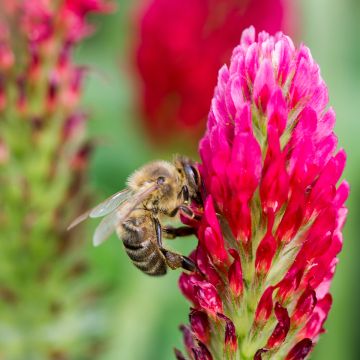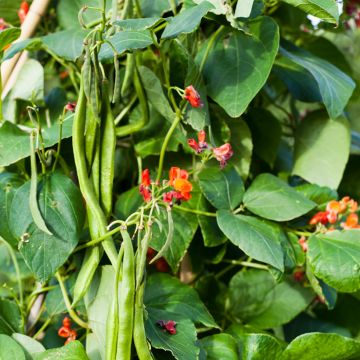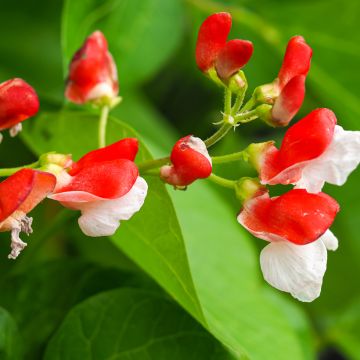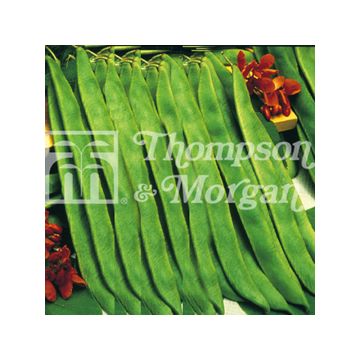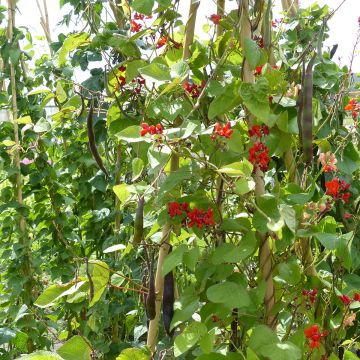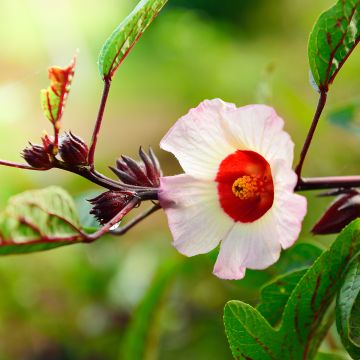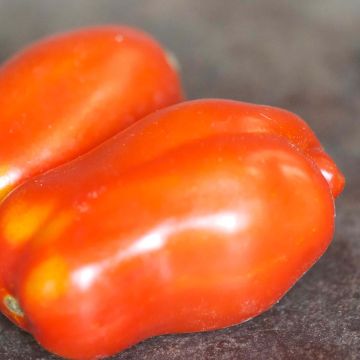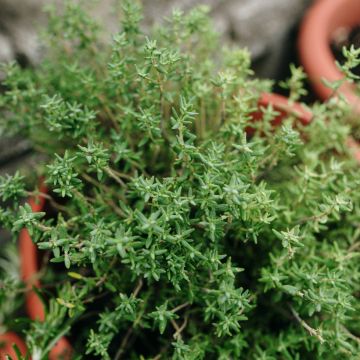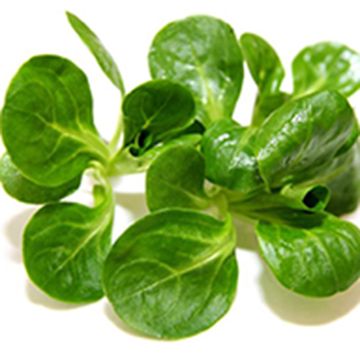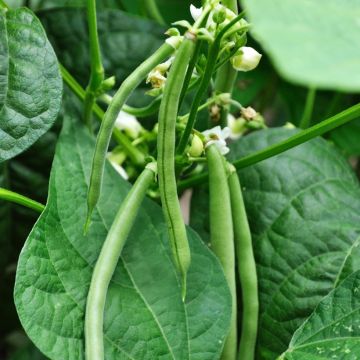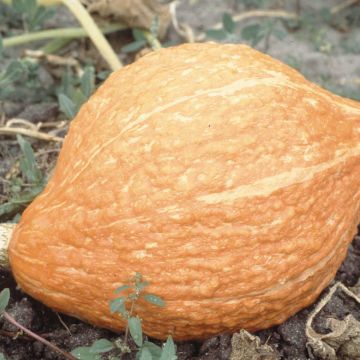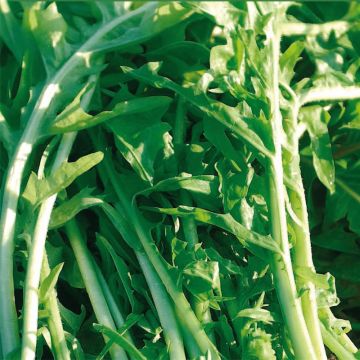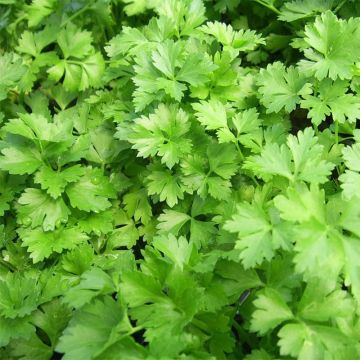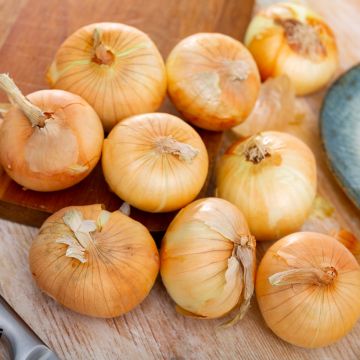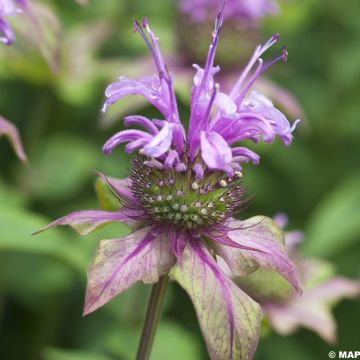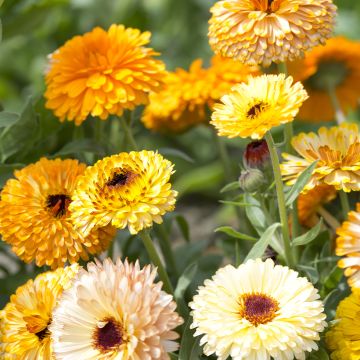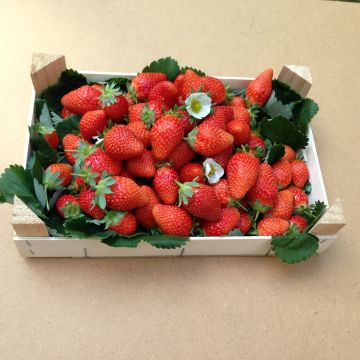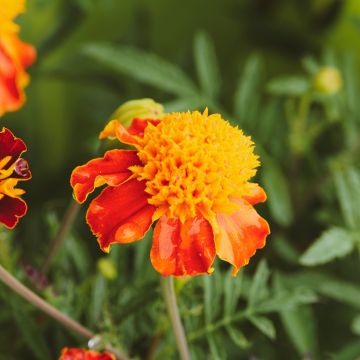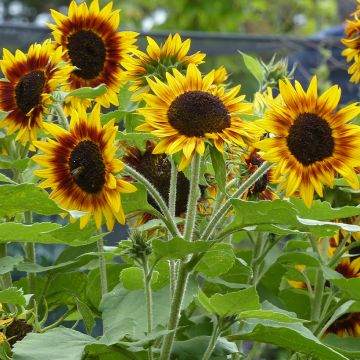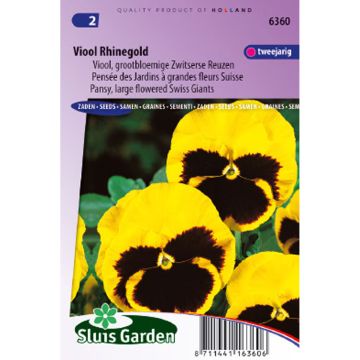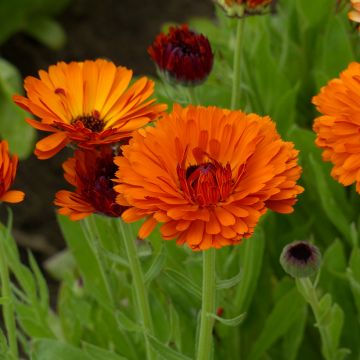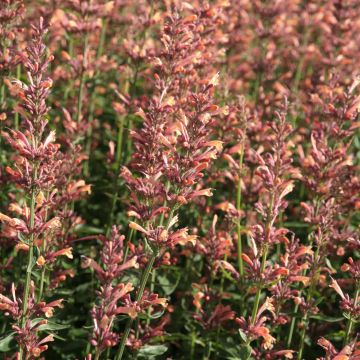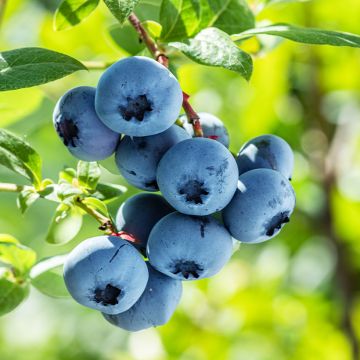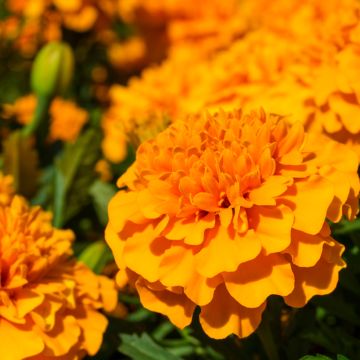

Zingiber officinale
Zingiber officinale
Common ginger, Canton ginger, East Indian ginger, Jamaica ginger, Red ginger, Stem ginger
I received my order directly at the nursery. I immediately pointed out that the rootstocks were stunted, already dried out and even mouldy in some places. They refused to exchange them but assured me (if I remember correctly, Laetitia) that they would take them back. To this day, the rootstocks are completely dried out and no return seems possible. Thank you for considering my comment for a potential refund. I can send you the photos taken on the day of receiving the rootstocks if needed. Best regards.
Fabien , 05/05/2024
Why not try an alternative variety in stock?
View all →This plant carries a 6 months recovery warranty
More information
We guarantee the quality of our plants for a full growing cycle, and will replace at our expense any plant that fails to recover under normal climatic and planting conditions.
From €5.90 for pickup delivery and €6.90 for home delivery
Express home delivery from €8.90.
From €5.90 for pickup delivery and €6.90 for home delivery
Express home delivery from €8.90.
Description
Ginger produces tasty and spicy roots with a lemony taste. Originally from Asia, it has been used for a long time for its culinary qualities and medicinal properties. Plant the rhizomes in spring for a harvest 6 to 9 months later. Ginger is mainly grown in pots, but it can be grown in open ground in regions with hot summers.
It is originally from Asia. Ginger belongs to the Zingiberaceae family, which has over a hundred species. Its name comes from the Sanskrit word 'shringavera', meaning 'in the shape of a deer's antler'. Ginger will develop large leaves about 1m (3ft) tall. Flowering takes the form of highly fragrant red flowers. The blooms appear in summer, but not always in our climates.
In terms of cooking, ginger brings a lemony and spicy touch to dishes. It is commonly used as a spice in Asian cuisine, especially Indian cuisine. Grated, chopped, or sliced, ginger adds flavour to savory dishes as well as desserts. Use it to flavour broths, meats, fish, or sauces. The flavour will be milder if you add it at the end of cooking. It also adds aroma to cakes or tea.
Ginger is grown in pots. It can sometimes be grown in the vegetable garden, in open ground or under cover depending on the climate. This tropical plant likes heat and humidity.
Harvesting: ginger is harvested when the stems dry out and turn yellow. This is usually 8 to 9 months after planting, or as early as 6 months if you prefer a less spicy and more lemony taste. For open ground cultivation, gently dig up the roots with a garden fork. Let them dry in the sun for a few days. In the vegetable garden, the harvest should be completed before the frosts arrive.
Storage: consume freshly harvested ginger to fully enjoy its fragrance. However, the roots can be stored for several months in a dry place or in a freezer. Over time, their taste becomes spicier.
Gardener's tip: apply mulch around the plants to keep the soil moist and reduce the need for watering.
Report an error about the product description
Harvest
Plant habit
Foliage
Other Vegetable garden A to Z
Planting and care
Ginger needs warmth, humidity, and gentle light to grow. It is mainly cultivated in pots, but can be grown in open ground in regions with hot summers. It requires high temperatures, around 25°C (77°F).
Plant in pots in spring, from March to June. For planting in open ground, start germination in February-March and transplant into the ground when the soil is sufficiently warm in May. Ginger thrives in light and well-drained soils. It prefers a sunny or semi-shaded exposure.
In a pot
Choose a large and deep pot, at least 30cm (12in) in diameter. Place gravel or clay pellets at the bottom to facilitate drainage. Fill the pot with a mixture of compost and sand. Place the root and bury it in the soil halfway, with the part with buds under the soil. Water to keep the soil moist. Excessive watering will rot the root. Keep the pot in a humid and warm atmosphere (around 25°C (77°F)). Once the shoots have developed well, increase the frequency of watering. Place it outdoors in summer, in a bright location but without direct sunlight, and bring it indoors before winter frosts.
In open ground
First, germinate the ginger in a glass of water. Place the root in a glass of water, with the root submerged halfway. When the first shoots emerge and the roots appear, transplant the plants, either in open ground if the soil is sufficiently warm, or in pots while waiting for higher temperatures. When the shoots have developed well, increase the frequency of watering.
Cultivation
Care
Intended location
-
, onOrder confirmed
Reply from on Promesse de fleurs
Themed vegetable gardens
Haven't found what you were looking for?
Hardiness is the lowest winter temperature a plant can endure without suffering serious damage or even dying. However, hardiness is affected by location (a sheltered area, such as a patio), protection (winter cover) and soil type (hardiness is improved by well-drained soil).

Photo Sharing Terms & Conditions
In order to encourage gardeners to interact and share their experiences, Promesse de fleurs offers various media enabling content to be uploaded onto its Site - in particular via the ‘Photo sharing’ module.
The User agrees to refrain from:
- Posting any content that is illegal, prejudicial, insulting, racist, inciteful to hatred, revisionist, contrary to public decency, that infringes on privacy or on the privacy rights of third parties, in particular the publicity rights of persons and goods, intellectual property rights, or the right to privacy.
- Submitting content on behalf of a third party;
- Impersonate the identity of a third party and/or publish any personal information about a third party;
In general, the User undertakes to refrain from any unethical behaviour.
All Content (in particular text, comments, files, images, photos, videos, creative works, etc.), which may be subject to property or intellectual property rights, image or other private rights, shall remain the property of the User, subject to the limited rights granted by the terms of the licence granted by Promesse de fleurs as stated below. Users are at liberty to publish or not to publish such Content on the Site, notably via the ‘Photo Sharing’ facility, and accept that this Content shall be made public and freely accessible, notably on the Internet.
Users further acknowledge, undertake to have ,and guarantee that they hold all necessary rights and permissions to publish such material on the Site, in particular with regard to the legislation in force pertaining to any privacy, property, intellectual property, image, or contractual rights, or rights of any other nature. By publishing such Content on the Site, Users acknowledge accepting full liability as publishers of the Content within the meaning of the law, and grant Promesse de fleurs, free of charge, an inclusive, worldwide licence for the said Content for the entire duration of its publication, including all reproduction, representation, up/downloading, displaying, performing, transmission, and storage rights.
Users also grant permission for their name to be linked to the Content and accept that this link may not always be made available.
By engaging in posting material, Users consent to their Content becoming automatically accessible on the Internet, in particular on other sites and/or blogs and/or web pages of the Promesse de fleurs site, including in particular social pages and the Promesse de fleurs catalogue.
Users may secure the removal of entrusted content free of charge by issuing a simple request via our contact form.
The flowering period indicated on our website applies to countries and regions located in USDA zone 8 (France, the United Kingdom, Ireland, the Netherlands, etc.)
It will vary according to where you live:
- In zones 9 to 10 (Italy, Spain, Greece, etc.), flowering will occur about 2 to 4 weeks earlier.
- In zones 6 to 7 (Germany, Poland, Slovenia, and lower mountainous regions), flowering will be delayed by 2 to 3 weeks.
- In zone 5 (Central Europe, Scandinavia), blooming will be delayed by 3 to 5 weeks.
In temperate climates, pruning of spring-flowering shrubs (forsythia, spireas, etc.) should be done just after flowering.
Pruning of summer-flowering shrubs (Indian Lilac, Perovskia, etc.) can be done in winter or spring.
In cold regions as well as with frost-sensitive plants, avoid pruning too early when severe frosts may still occur.
The planting period indicated on our website applies to countries and regions located in USDA zone 8 (France, United Kingdom, Ireland, Netherlands).
It will vary according to where you live:
- In Mediterranean zones (Marseille, Madrid, Milan, etc.), autumn and winter are the best planting periods.
- In continental zones (Strasbourg, Munich, Vienna, etc.), delay planting by 2 to 3 weeks in spring and bring it forward by 2 to 4 weeks in autumn.
- In mountainous regions (the Alps, Pyrenees, Carpathians, etc.), it is best to plant in late spring (May-June) or late summer (August-September).
The harvesting period indicated on our website applies to countries and regions in USDA zone 8 (France, England, Ireland, the Netherlands).
In colder areas (Scandinavia, Poland, Austria...) fruit and vegetable harvests are likely to be delayed by 3-4 weeks.
In warmer areas (Italy, Spain, Greece, etc.), harvesting will probably take place earlier, depending on weather conditions.
The sowing periods indicated on our website apply to countries and regions within USDA Zone 8 (France, UK, Ireland, Netherlands).
In colder areas (Scandinavia, Poland, Austria...), delay any outdoor sowing by 3-4 weeks, or sow under glass.
In warmer climes (Italy, Spain, Greece, etc.), bring outdoor sowing forward by a few weeks.

































